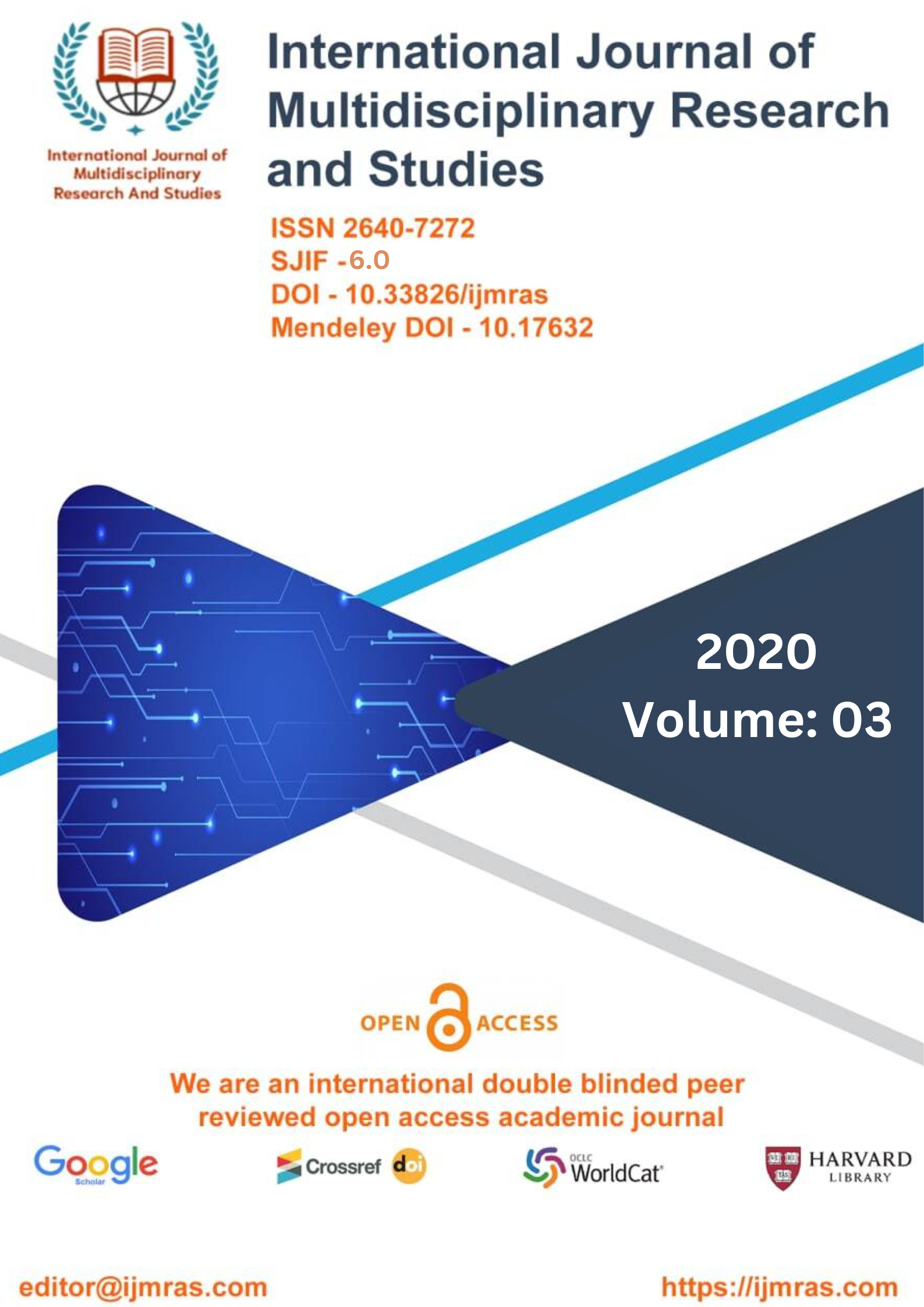PARASITES GENERAL CHARACTERISTICS SIGNIFICANCE FOR HUMANS

Abstract
Moreover, all of them are hermaphrodite, and both asexual reproduction (mostly paratomy) and sexual reproduction are present. Bilateral symmetry, multiciliated epidermis, absence of an accessory centriolus at the ciliary roots, more than one cilia in the terminal cell of the protonephridia, stem cells as differentiation cells, presence of a male porus and male copulatory organ, and dorsoventral and anteroposterior polarity are the classical characteristics that define the phylum Platyhelminthes (Ehlers, 1985; Ax, 1995). Along the primary axis of the body, the pharynx may be found in a variety of positions, depending on whether it is simplex, plicatus, or rosulatus. The oral opening is usually found in the central region of the animal, and the intestine is a blind sac that does not have an anus. The protonephridial system is the route that waste products take out of the body. Hermaphrodites are referred to as turbellarians. The many elements of the male copulatory organ that combine to generate stylets may vary in terms of their intricacy and shape, but they are the reproductive structures that stand out the most.
Keywords
Parasites, Characteristics, HumansHow to Cite
References
Abadi, K. (2012). Single dose mebendazole therapy for soil-transmitted nematodes. American Journal of Tropical Medicine and Hygiene, 34: 129-133.
Abdallah (2013). Epidemiology of ankylostomiasis in Egypt. Journal of the Ministry of Health, Cairo, 1: 4-12.
Adeyeba, O.A. (2014). Intestinal Helminthiasis and haemoparasitism in an area of enedemic dracunculiasis on Oyo State of Nigeria. International Journal of Zoonoses, 13: 6-10.
Afework, M., Dejene, T., Jamaneh; J. and Tedla, S. (2015). Ancycostoma duodenale and Necatorameriearns in the Abay (Blue Nile) Gorge. Ethiopia Medical Journal, 23: 135-136.
Agis, F. and Crenn, 0. (2016). Contribution a le'tedue de I'ankylostomosehumaineen Guadeloupe (Antilles Francais). Bulletin de la Societe de PathologieExotique, 76: 70-85.
Aguilar, F.J. (2017). Soil transmitted human helminthiasis in Guatemala. Boletin Chileno de Parasitologia, 36: 6-9.
Ahluwalia, S.S. (2018). Studies on some helminths of the domestic pigs (Sus scrofadomestica) in Western Uttarpradesh. Journal of Helminthology, 36: 347-364.
Alakija, W. (2015). Prevalence of intestinal parasitic disease agents in stool of people in a rural area of Nigeria. Annals of Tropical Medicine and Parasitology, 80: 545-547.
Al-Hanoon, Z. and Hayatee, Z.G. (1982). The prevalence of intestinal parasitic infection among Al-qadisiya School girls in Mosul, Iraq. Indian Journal of Parasitology, 6: 145-146.
Amin, O.M. (2013). Pathogenic microorganisms and helminths in sewage products, Arabian Gulf, Country of Bahrain. American Journal of Public Health, 78: 314-315.
Amin, A.B., Amin, B.M., Bhagat, A.P. and Patel, J.C. (2014). Incidence of Helminthiasis and Protozoal infections in Bombay. Journal of Indian Medical Association, 72: 225-227
Anderson, R.M. and Medley, G.F. (2017). Community control of helminth infections of man by mass and selective chemotherapy. Parasitology, 90: 629-660.
Anderson, R.M. and May, R.M. (2013). Helminth Infections of humans, mathematical models, population dynamics and control. Advances in Parasitology, 24: 1-101.
License
Copyright (c) 2020 RATNESH KUMAR

This work is licensed under a Creative Commons Attribution 4.0 International License.
Individual articles are published Open Access under the Creative Commons Licence: CC-BY 4.0.




